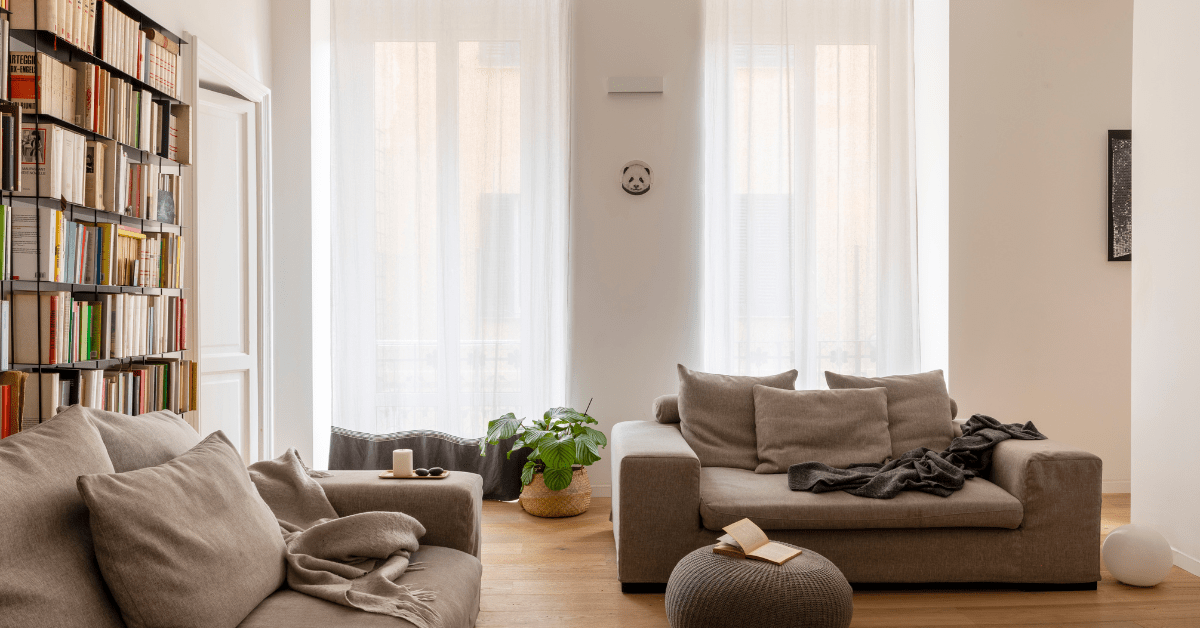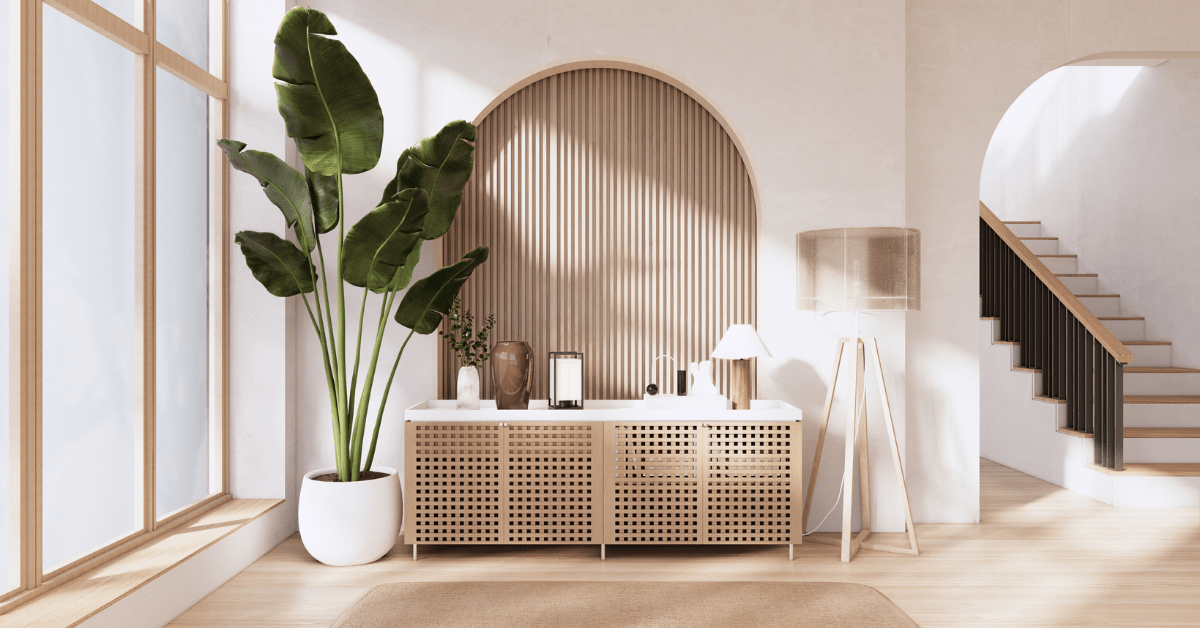Minimalism is more than a design trend; it’s a way of life. Two of the most influential styles in the minimalist world are Scandinavian and Japanese minimalism. Both emphasize simplicity, functionality, and beauty, but they approach these principles differently. Whether you’re drawn to the cozy warmth of Scandinavian interiors or the serene balance of Japanese spaces, this article will help you understand the key differences and decide which suits your lifestyle best.
The Philosophy Behind Scandinavian Minimalism

Scandinavian minimalism is deeply rooted in the Nordic concept of “hygge,” which emphasizes comfort, coziness, and well-being. This philosophy encourages creating spaces that are both functional and inviting.
Key features of this style include soft textures, light color palettes, and an emphasis on natural materials like wood and wool. Scandinavian minimalism is perfect for those who value warmth and a lived-in feel while keeping their spaces clutter-free and practical.
The Essence of Japanese Minimalism

Japanese minimalism, influenced by Zen principles, focuses on achieving balance, harmony, and a deep connection to nature. This style prioritizes simplicity and purpose, with each item in a space chosen intentionally.
Japanese minimalist spaces are defined by neutral tones, clean lines, and open layouts. This approach is ideal for those who seek peace in order and a more meditative and intentional living environment.
Key Design Elements of Each Style

While both styles embrace minimalism, their design elements set them apart. Scandinavian interiors often feature airy spaces filled with natural light, cozy textiles, and functional furniture that combines beauty with practicality.
On the other hand, Japanese design is characterized by tatami mats, sliding doors, and an emphasis on negative space. It often incorporates traditional elements like shoji screens and natural stone, creating an understated yet refined aesthetic.
Which Style Fits Your Lifestyle?

Scandinavian minimalism is well-suited for those who enjoy hosting, spending time indoors, and creating a warm, inviting atmosphere. Its emphasis on comfort makes it a favorite for families and anyone who values a cozy home.
Japanese minimalism, by contrast, resonates with those who prefer a quieter, more introspective lifestyle. If you value mindfulness, simplicity, and a clutter-free environment, this style may be the better fit.
Blending the Two for a Unique Space

Can’t decide between the two? You don’t have to choose! Scandinavian and Japanese minimalism can be blended seamlessly into a hybrid style often called Japandi. This fusion combines the best of both worlds—Scandinavian warmth and Japanese tranquility.
To achieve this look, focus on using a neutral color palette, natural materials, and simple, functional furniture. Add a few soft textiles for coziness and embrace open, balanced layouts for a space that feels both welcoming and serene.
Related Articles
Whether you’re drawn to the cozy charm of Scandinavian minimalism or the serene elegance of Japanese minimalism, both styles offer a path to a more intentional way of living. Consider your daily habits, aesthetic preferences, and lifestyle needs when choosing your minimalist approach. Remember, minimalism is ultimately about creating a space that serves you and brings you joy. Whether you go full Scandinavian, embrace Japanese principles, or create your own fusion, your minimalist journey is yours to define.
Ready to bring new life to your home? Subscribe to our newsletter for exclusive interior design tips, trends, and ideas that will transform your space. Click here to subscribe!
